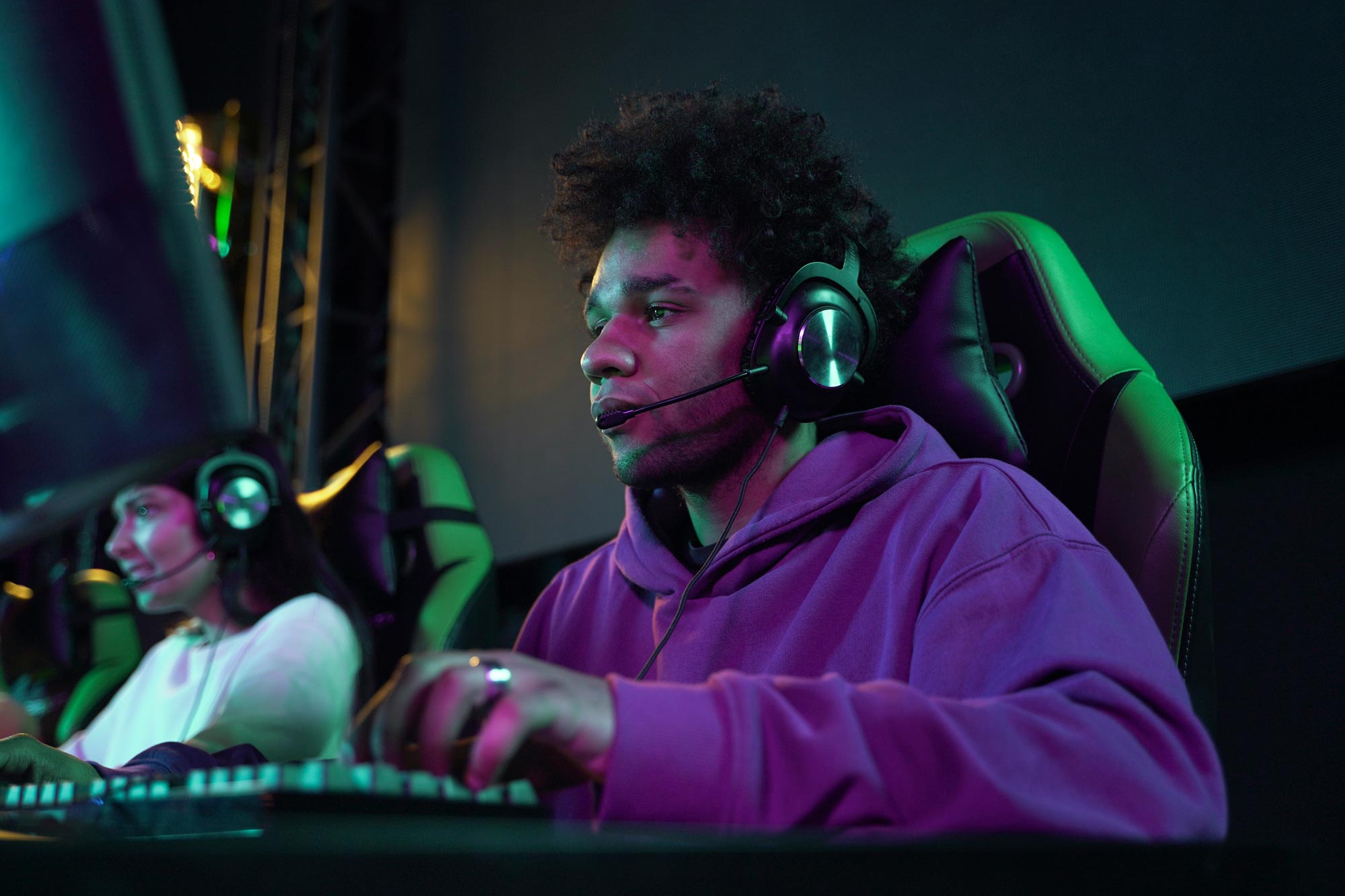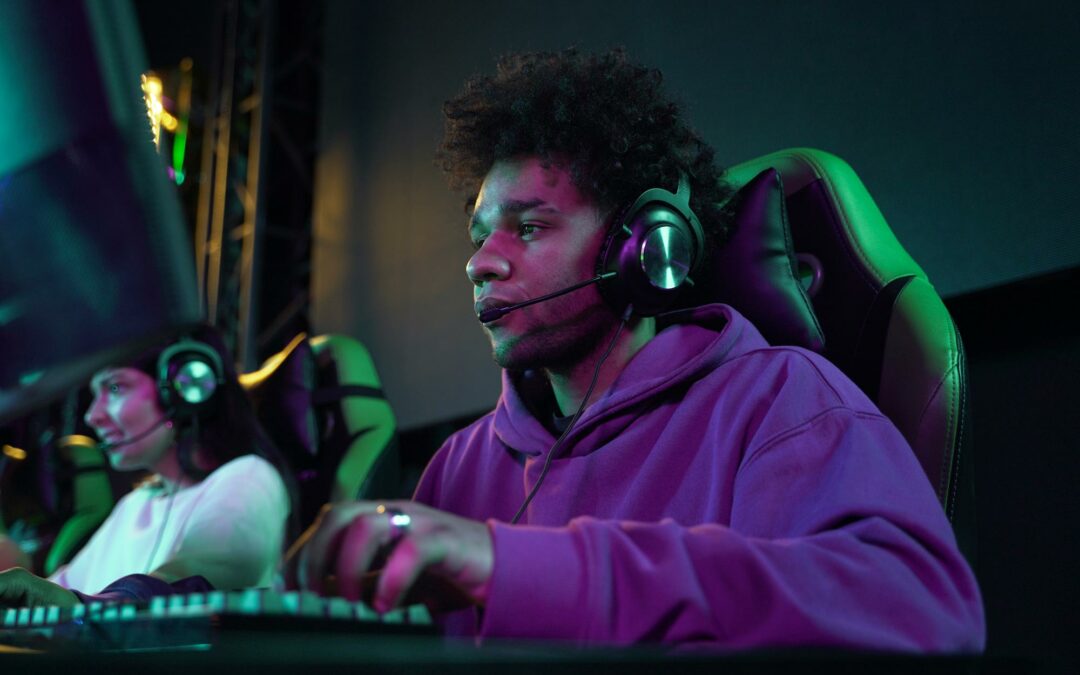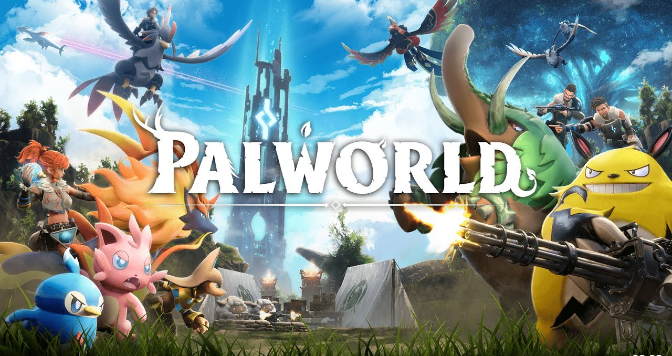
According to a report by SuperData Research, the global gaming market was valued at $159.3 billion in 2020. This includes revenue from console games, PC games, mobile games, and e-sports. To put that in perspective, the music industry was valued at $19.1 billion in 2020, while the movie industry was valued at $41.7 billion. That means the gaming industry is making more than eight times as much money as the music industry and almost four times as much as the movie industry. Market data from 2023 shows the estimated market size for the gaming industry at $242.39 billion with an estimated $583.69 billion by 2030. There are several contributing factors to this insane media growth rate: technology accessibility, free-to-play options and mobile gaming, and diversification with generational considerations. With the leap in technological accessibility since smartphones hit the market in 2008/2009, it opened up an entirely new market revenue channel for the gaming industry. Before this, games were limited to consoles or PCs, but now the mobile and internet age has opened up a consumer-fueled demand for ever-increasing novelty.
The Viral Success in the Gaming Industry
Over the last 2 decades gaming industry growth was pioneered by gaming startups that grew to multi-million dollar sizes seemingly overnight. These giants own the majority of the market capitalization: Nintendo at $53 billion, Electronic Arts at $34 billion, and Activision/Blizzard at $61 billion. How then does a small gaming company like PocketPair develop a game that breaks download records within just a few days of launch? It comes down to the familiarity of the general game principles of companion “creatures” and survival mechanisms to gaming audiences that have grown up with hit games like Ark and Pokemon, games that were controlled and dictated by the gaming giants. Palword gives audiences what they have wanted from mega-hit games but never got, while introducing a blended game that combines several different game genres together in one, applicable to a wide audience range. Nintendo is a closed-platform gaming company, meaning it isn’t available to players on other consoles and platforms. Not only does Palword succeed genre-wise, but it hasn’t limited its player base by platform. Palworld has been downloaded more than 25 million times in less than a month, with over 5 million within the first few days. It has since topped Twitch’s Top 10 games for January 2024, the Most Downloaded third-party game, and the #2 highest concurrent player count ever.
Palword under fire for Intellectual Property Infringement
Despite this success, Palworld has come under fire for intellectual property infringement, specifically by Nintendo, who has already taken action against Palworld for more obvious infringements. In a Q&A session after its latest earnings call (via Reuters), Nintendo President Shuntaro Furukawa was questioned about the Palworld controversy. Without naming the game in particular, just like the earlier statement, Furukawa said, “We will take appropriate action against those that infringe our intellectual property rights.” While Nintendo hasn’t taken any coercive action against Palworld in particular, it has swiftly dealt with things around it, such as taking down the first Palworld Pokemon mod.
Claims of A.I Generation During Development
During Palworld’s massive launch, more and more players and spectators online began to throw some hefty accusations at Pocketpair. While the Pokémon comparison is clear, some have called into question both how Pals were created, claiming the use of A.I., and how similar some are to Game Freak’s own Pokémon designs. Neither Nintendo, Game Freak, nor The Pokémon Company have commented on Palworld and its Pal design similarities to Pokémon. Given Nintendo’s legal track record, which includes winning a lawsuit against a ROM hacker that led to a 40-month prison sentence for the hacker, if the company feels it has a case, it will pursue that case in court. Only time will tell, though, if Nintendo will join the accusations of copyright and design plagiarism people on the internet have thrown at Palworld and Pocketpair.
Why is this relevant to IP rights today?
In short, we are operating in a world where reproduction and modified replication is becoming increasingly common given the proliferation of AI across all creative industries. It’s safe to say that current IP laws, regulations, and definitions may need to be amended and modified to be more applicable to the current state of the design world. How this will affect legal claims by gaming giants in the industry remains to be seen.



